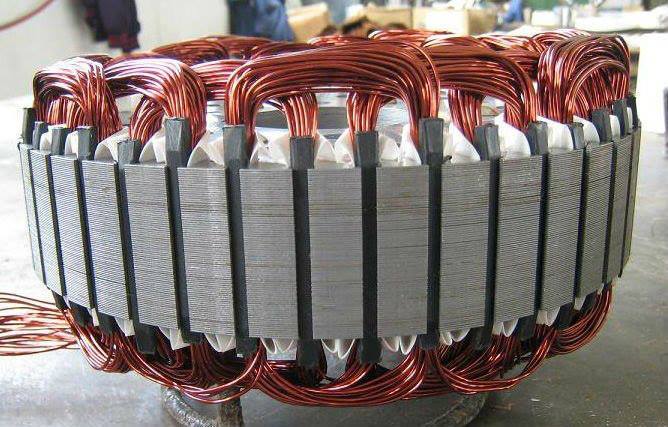Synchronous motors are not self starting machines. These machines are made self starting by providing a special winding in the rotor poles, known as damper winding or squirrel cage windings. The damper winding consists of short circuited copper bars embedded in the the face of the rotor poles
When an ac supply is provided to stator of a 3-phase synchronous motor, stator winding produces rotating magnetic field. Due to the damper winding present in the rotor winding of the synchronous motor, machine starts as induction motor (Induction machine works on the principle of induction. Damper windings in synchronous motor will carryout the same task of induction motor rotor windings. Therefore due to damper windings synchronous motor starts as induction motor and continue to accelerate).
The exciter for synchronous motor moves along with rotor. When the motor attains about 95% of the synchronous speed, the rotor windings is connected to exciter terminals and the rotor is magnetically locked by the rotating magnetic field of stator and it runs as a synchronous motor.
Functions of Damper Windings:
- Damper windings helps the synchronous motor to start on its own (self starting machine) by providing starting torque
- By providing damper windings in the rotor of synchronous motor “Hunting of machine”can be suppressed.When there is change in load, excitation or change in other conditions of the systems rotor of the synchronous motor will oscillate to and fro about an equilibrium position. At times these oscillations becomes more violent and resulting in loss of synchronism of the motor and comes to halt












